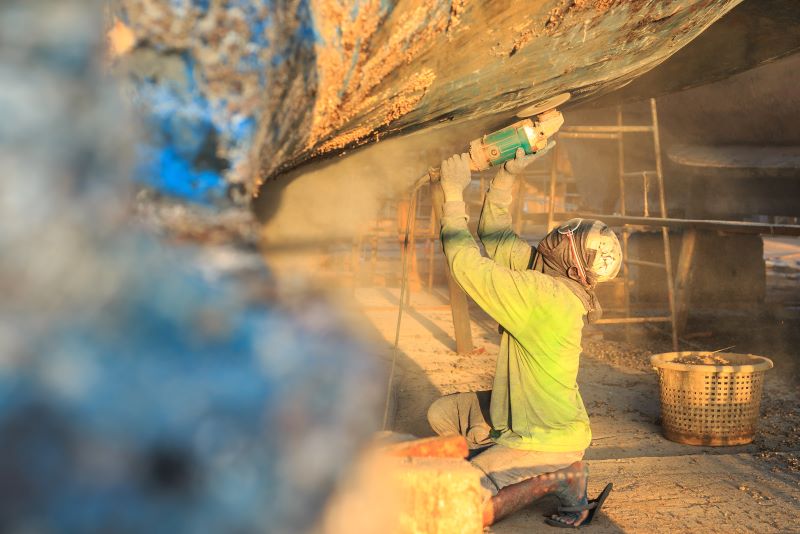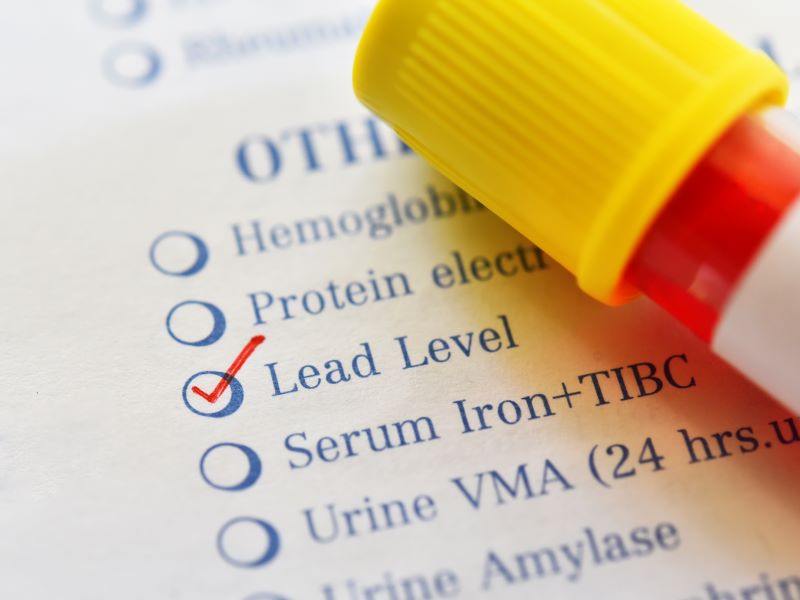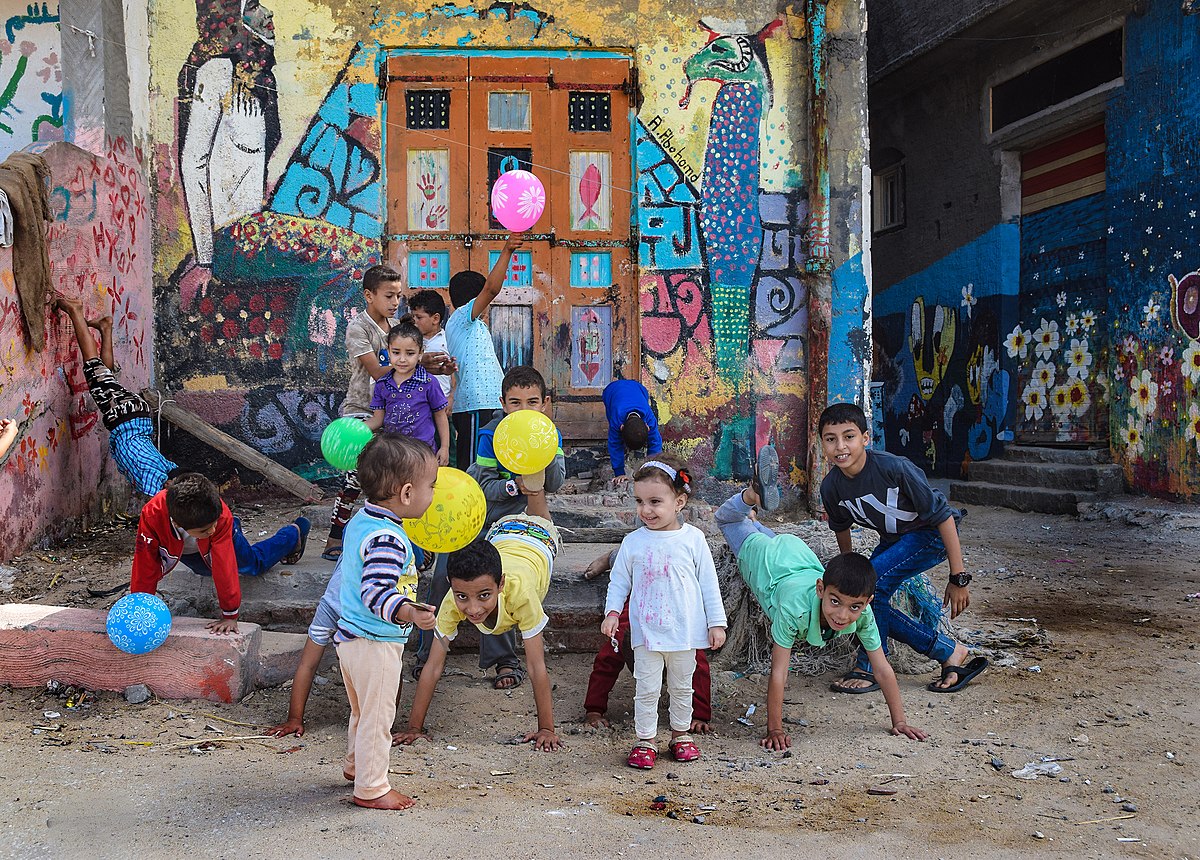Recommended
Since the phaseout of leaded petrol, lead poisoning has faded into the background of international diplomacy and cooperation, often caught in a grey area of responsibility between the health and environment sectors. But recently, this has started to change. In the US, the Flint water crisis sparked national outrage, refocusing America’s attention on the scourge of lead poisoning and generating renewed policymaker interest in its elimination. More recent reports have alerted world leaders to the enormous global scale of lead poisoning, which affects an estimated third of the world’s children–almost all of whom now live in low- and middle-income countries (LMICs).
So far, the G7 has been at the vanguard of this renewed global momentum. At last year’s meeting of environment ministers, G7 countries released a joint communique affirming their commitment to reduce lead in the environment, to reduce exposure among vulnerable communities, and to strengthen controls on lead to this end. In follow-up, the ministers requested a workshop on the topic for later that year, which would bring together political leaders, civil servants, and subject matter experts to identify further actions that could reduce exposure in LMICs. And in preparation for the workshop—which took place in Berlin in November 2022—CGD was tapped to prepare a rapid stocktaking report on the issue, including preliminary recommendations.
Today, we are pleased to publicly launch this independent assessment which offers an overview of the global lead poisoning crisis; takes stock of current initiatives within G7 partners and international organizations to reduce lead poisoning globally; and identifies promising opportunities to make a difference. Here’s the top four takeaways for the G7—with relevance for everyone hoping to protect future generations from the blight of lead poisoning.
1. We know lead poisoning is an enormous problem...
Even allowing for their imprecision (explained below), estimates of the burden caused by lead poisoning would shock even the most jaded public health expert. The Institute for Health Metrics and Evaluation estimates it to be responsible for 900,000 deaths per year (more than malaria), principally as a risk factor for cardiovascular disease—and we understand that forthcoming estimates are likely to revise this number substantially upwards. Even where it doesn’t lead to death, the list of morbidities associated with lead exposure is practically endless: preterm birth, reduced fetal growth, anaemia, delayed puberty, kidney disease, and effects on the reproductive, endocrine, and immunological systems.
Perhaps most concerning is lead’s effects on neurological development—even at ‘low’ levels of exposure, lead has been shown to reduce future cognitive ability, and there are also strong links to anti-social and aggressive behaviour, as well as attention issues. The ‘third of the world’s children’ estimate cited above refers to the proportion estimated to have blood lead levels above 5 μg/dL, a reference level recommended by the World Health Organization (WHO) for clinical intervention and investigation of exposure, but in fact effects have been detected for levels of exposure even lower than this. This prevalence makes the impact of lead poisoning potentially enormous—one 2013 study placed the economic costs accrued from cognitive deficits caused by lead poisoning at 1.2 percent of global GDP.
2. …But there’s still a lot to learn
Global and (most) LMIC national estimates of lead poisoning prevalence are based on imputation from extremely sparse data, and thus highly uncertain. Without hard data, we just don’t know the true scale of the problem, nor the countries or subregions most affected. Also problematic is our collective ignorance about why and how people are exposed to lead—that is, the relative contributions from different sources of exposure to the overall burden. The report identifies a short-list of (probably) important sources: lead-acid battery recycling; mining and ore smelting; contaminated spices; lead paint; cookware; cosmetics; and toys and consumer goods. But the jury is still out on their relative importance, and there’s many other sources with high potential significance. Much of the relevant evidence on sources of exposure in LMICs relies on data from one American city (New York), underlining the extraordinary dearth of national research and surveillance systems.
Given the historical neglect of this issue, there’s also a limited evidence base on effective and cost-effective interventions. As detailed below, we’re fairly confident that some specific measures would significantly reduce exposure. But for some sources, there are no clear and tested policy remedies—for example, vis-a-vis the production of scrap metal aluminium pots, which is typically done on a small scale in the informal sector. There is a clear need for more research on all of these points.
3. Current efforts to combat global lead poisoning are fragmented and relatively small in scale
The report documents an extensive mishmash of treaties, conventions, and initiatives, both multilateral and unilateral, with direct or indirect implications for the control of lead and prevention of global exposure. Given lead’s many potential sources, prevention of lead poisoning necessarily requires a multipronged, multisectoral, and multi-stakeholder approach. Yet the current array of initiatives against global lead poisoning—though all valuable in their own right—appears downright ad hoc and disorganized. We identified only a handful of G7-financed aid projects that directly or indirectly addressed lead contamination; instead, we observe that most of the (small-scale) interventions have been financed by industry and affiliated philanthropies, or, more recently, funders affiliated with the Effective Altruism movement.
At the same time, relevant international organizations—the World Bank, UNICEF, WHO, and UNEP—have recently begun or expanded their work on lead poisoning; they also appear enthusiastic about further broadening their engagement, funding permitting. We think this demonstrates a high collective appetite for an expanded and more coherent approach—and a window of opportunity for the G7 to step up.
4. The G7 can help!
We’ve been working on the issue of lead poisoning for the last year and a half, including via our ongoing CGD Working Group. One of our key learnings, clearly documented in this report, is how solvable this issue can be when it receives policy attention commensurate with its importance. The global phase-out of leaded gasoline—arguably among the most successful public health interventions in history—helped to dramatically reduce blood lead levels around the world, generating an estimated $2.5 trillion in annual value. Such victories are not just ancient history; over just the last few years, for example, Georgia has almost eliminated lead from its spices, illustrating the great potential payoff and cost-effectiveness of a few highly feasible policies.
Necessarily, LMIC governments must take the lead on confronting lead poisoning within their own borders. But there are many ways for G7 countries to help support this process—both in cooperation with LMICs and in their own backyards:
-
Reaffirm and elevate a collective G7 political commitment to a shared vision for a world free of lead poisoning. A strong, clear, and high-level statement is needed, referencing up-to-date international standards and evidence, and endorsed by the political leadership of G7 members, to elevate lead poisoning as a priority issue with independent standing as a pressing global challenge.
-
Support strengthened international cooperation—among G7 members and the broader global community—to progressively reduce the burden of lead poisoning worldwide. The G7 should consider introducing more structured standards, potentially under the auspices of a voluntary or binding international agreement, plus regular coordination and strategic alignment between G7 members and the broader international community to address sources of lead poisoning.
-
Expand use of Overseas Development Assistance (ODA) to invest in global and country-level capacity to monitor, prevent, and treat lead poisoning. G7 members can use ODA to support initial diagnostic exercises on the prevalence of lead poisoning and key sources of contamination; strengthened surveillance systems; increased awareness and advocacy; regulatory drafting and enforcement; infrastructure upgrades; local research; and R&D adapted to low-resource settings.
-
Strengthen G7 leadership at home to protect G7 citizens from lead while contributing to a world free of lead poisoning. G7 members should lead by example by passing stringent domestic regulatory standards; ensuring compliance with existing treaty obligations; integrating lead poisoning awareness and prevention into health and safety protocols for government staff; expanding domestic surveillance systems, including source analysis and full data publication; and trade measures for responsible lead sourcing and export practices.
A call to action for the G7
The report details the pervasive and wide-ranging effects still brought by lead poisoning today. But it also presents the crisis as an demonstrably solvable one—one where the G7, through a coordinated and coherent response, can have a real impact in protecting the next generation.
Disclaimer
CGD blog posts reflect the views of the authors, drawing on prior research and experience in their areas of expertise. CGD is a nonpartisan, independent organization and does not take institutional positions.
Image credit for social media/web: Adobe Stock





